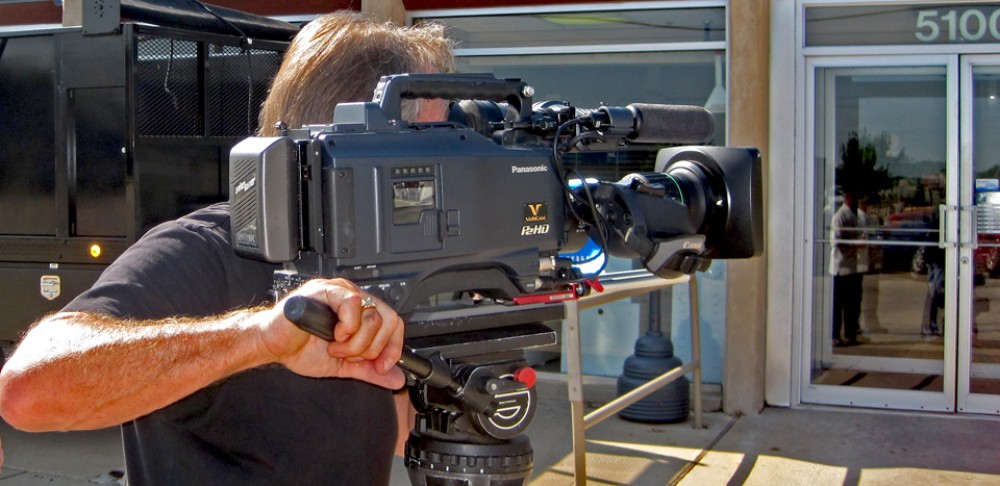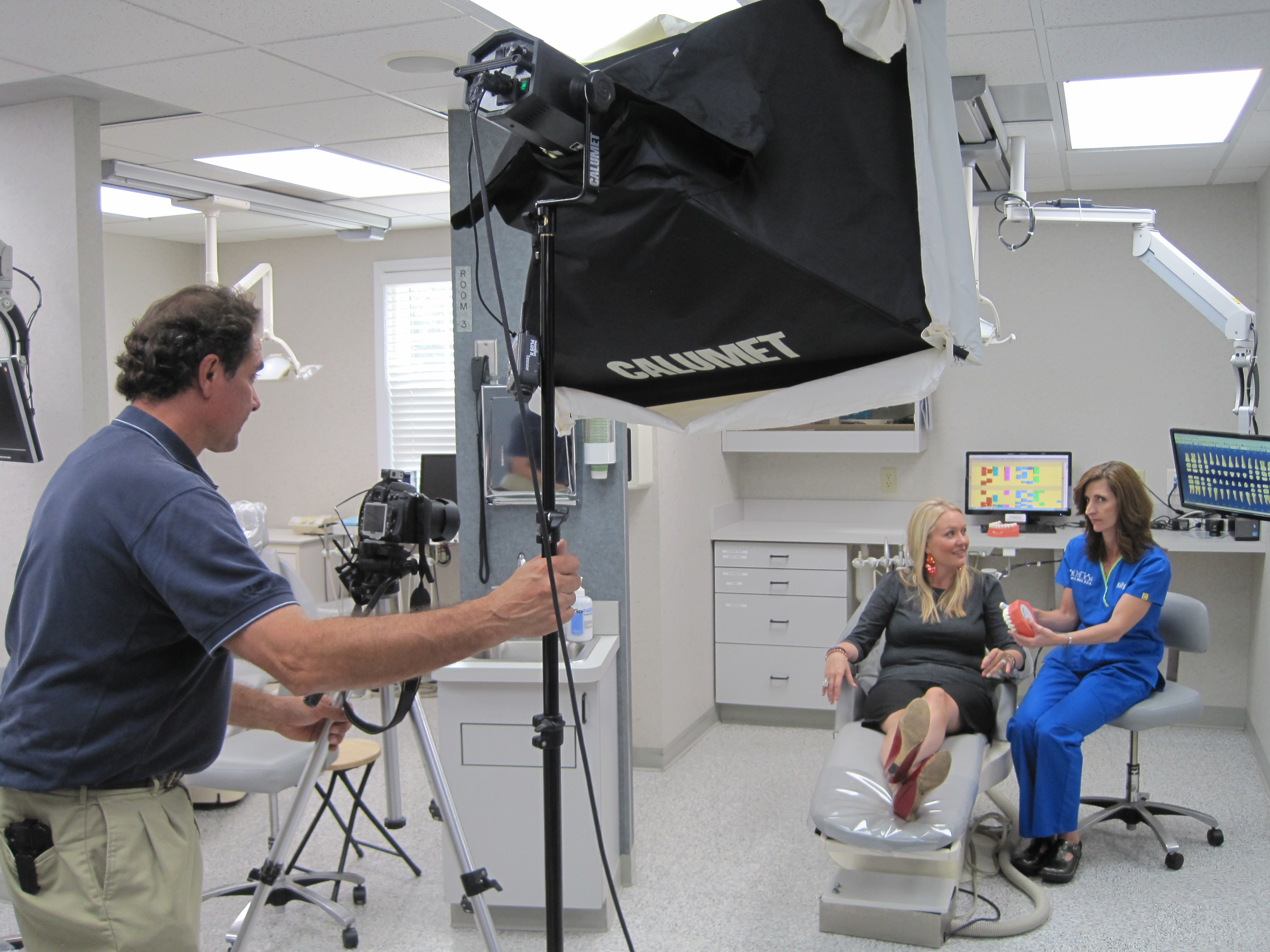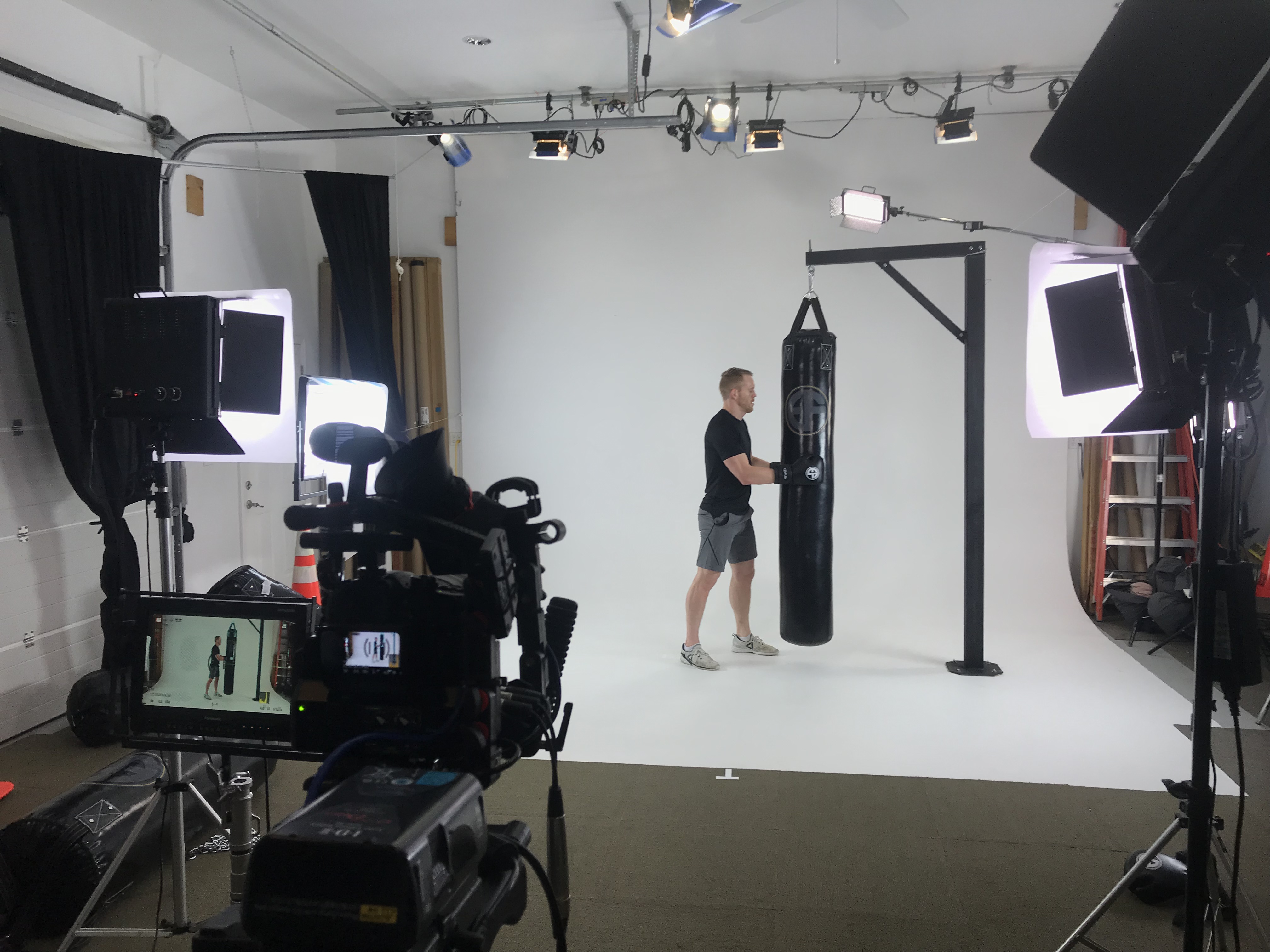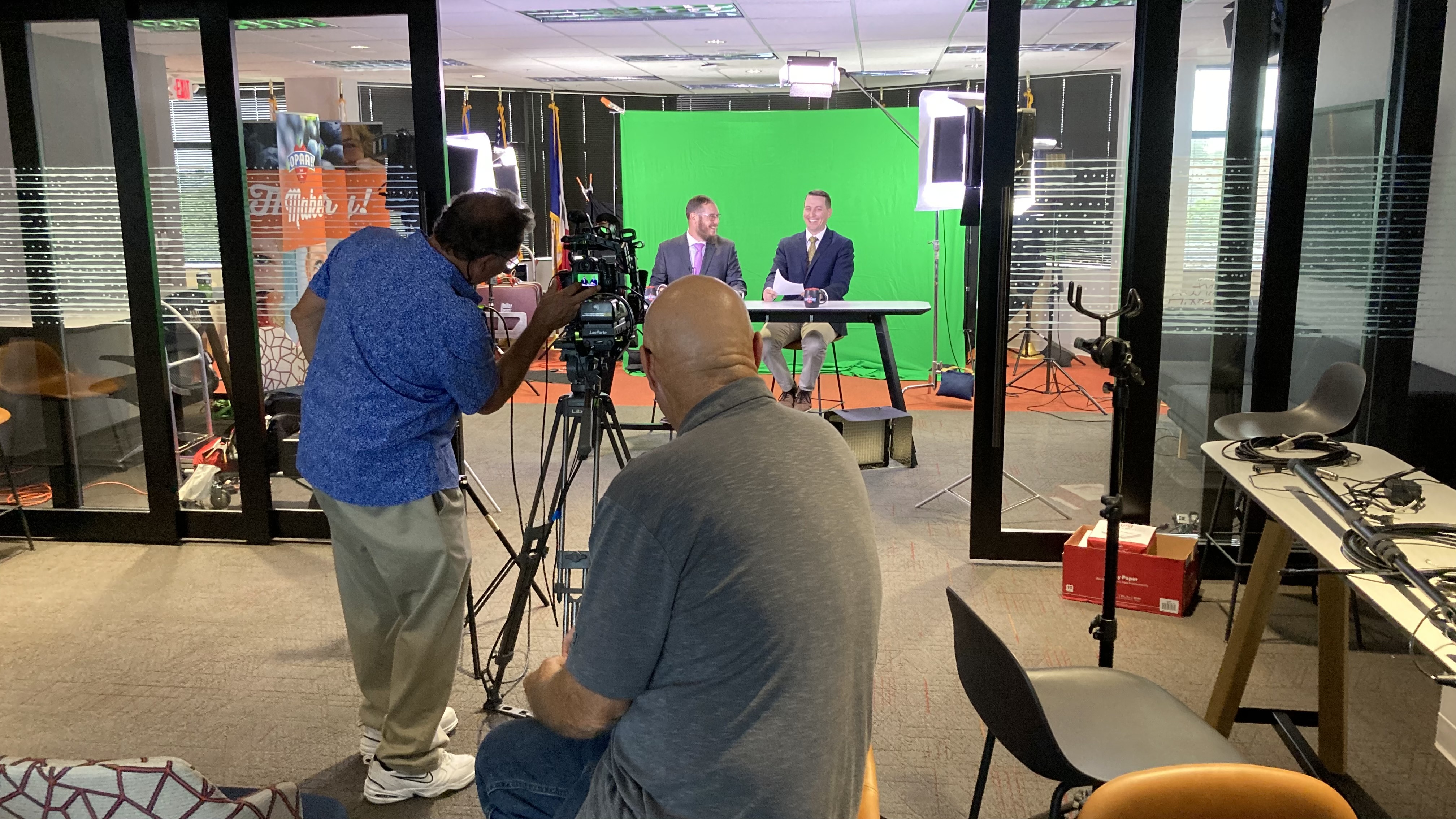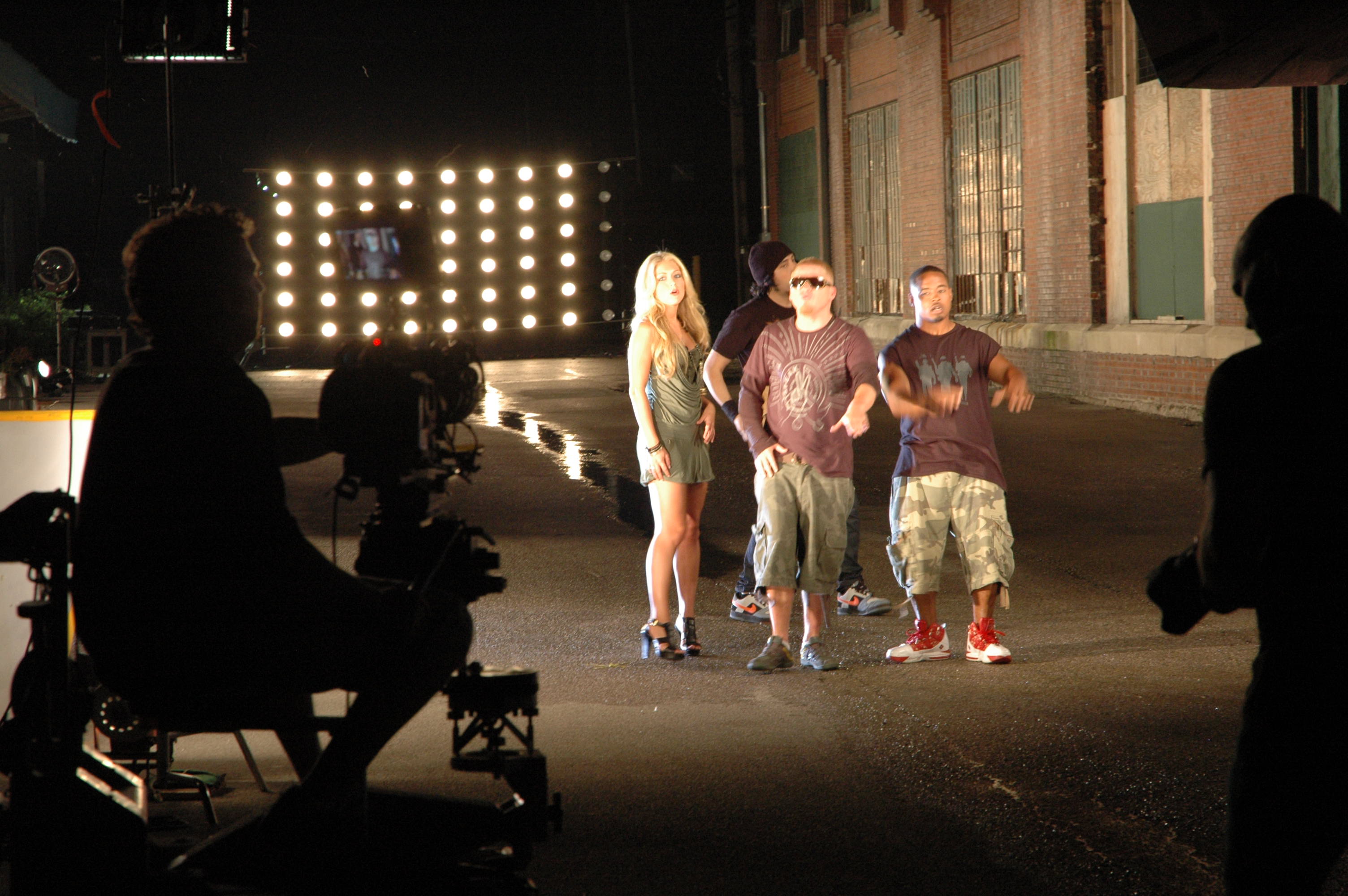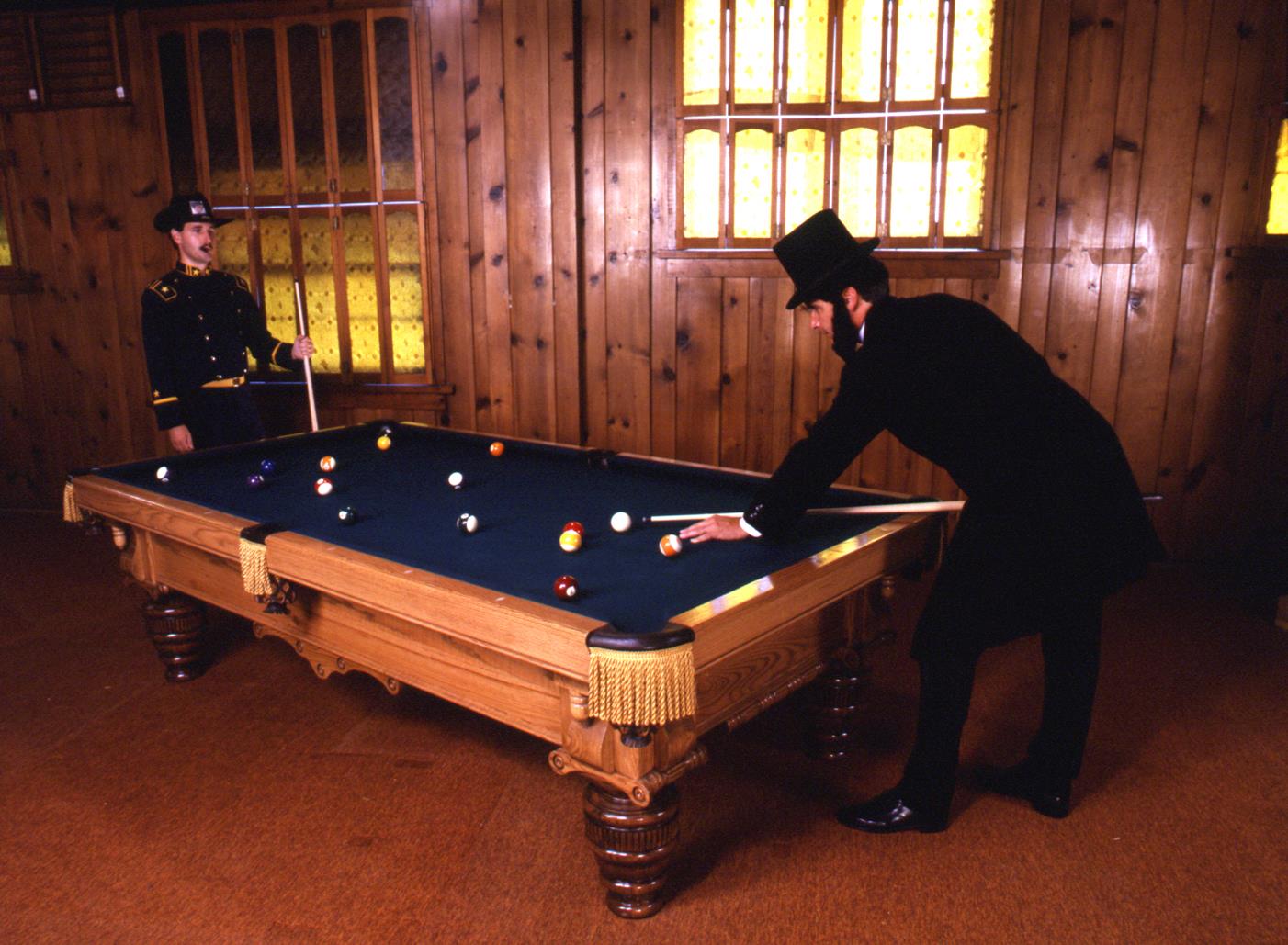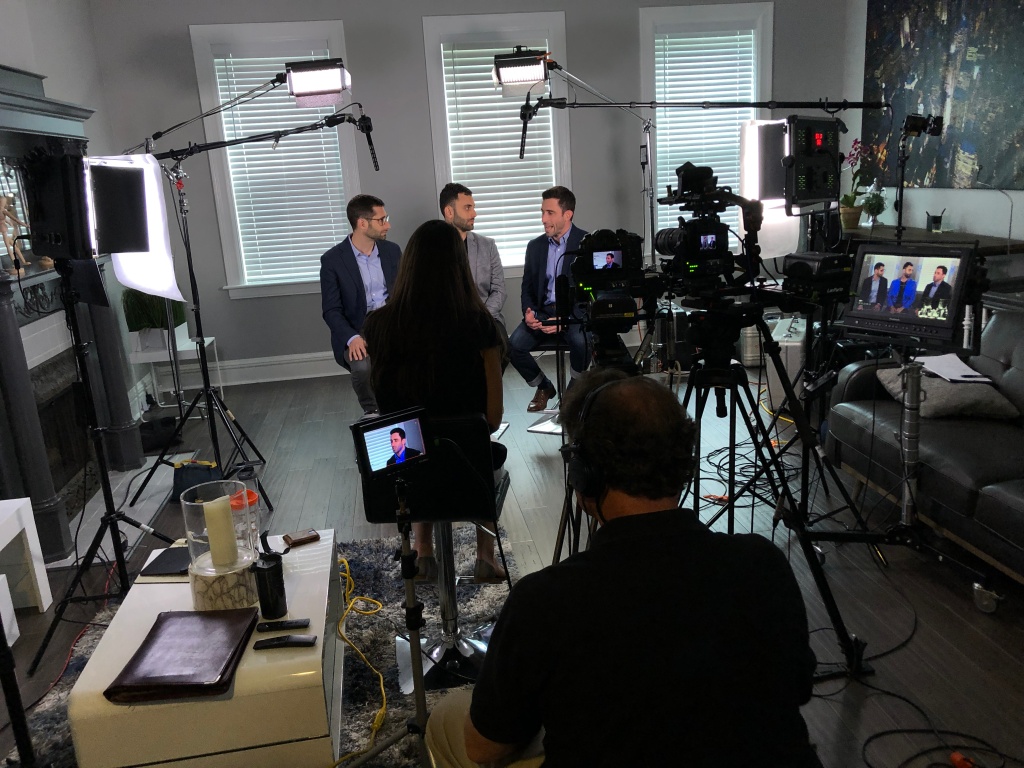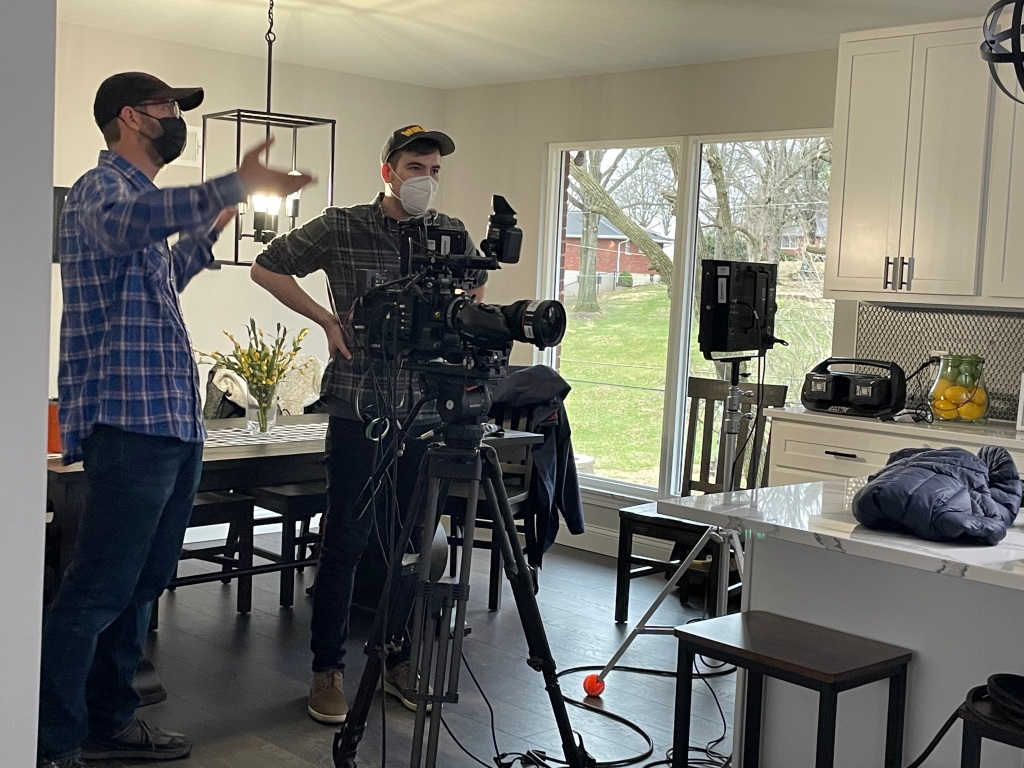In the realm of commercial video production, the shooting day stands as a crucial juncture where meticulous planning meets real-world execution. Directors shoulder the responsibility of ensuring that the vision translates seamlessly onto the screen while contending with numerous challenges that can arise unexpectedly. From managing talent and equipment to weathering unforeseen setbacks, the shooting day presents a myriad of obstacles that demand deft navigation. In this article, we delve into some of the common challenges faced by directors on shooting days for business videos and explore strategies to overcome them.
1. Managing Time Constraints
Time is a precious commodity on shooting days, often constrained by tight schedules and finite resources. Directors must meticulously orchestrate each aspect of the production to optimize efficiency without sacrificing quality. Delays can cascade, affecting subsequent shots and potentially derailing the entire schedule. To mitigate this challenge, thorough pre-production planning is paramount, encompassing detailed shot lists, realistic timelines, and contingency plans for unforeseen circumstances.
2. Coordinating Talent and Crew
Ensuring seamless coordination among talent and crew members is essential for a smooth shooting day. Directors must communicate effectively to convey their vision while fostering a collaborative environment conducive to creativity. Clear direction, rehearsals, and regular briefings can help streamline the process and maximize productivity. Additionally, having a competent and cohesive crew can alleviate much of the logistical burden, allowing directors to focus on bringing their vision to life.
3. Navigating Technical Challenges
Technical glitches are an inevitable aspect of video production, ranging from equipment malfunctions to unforeseen lighting issues. Directors must possess a comprehensive understanding of the technical aspects of filmmaking to troubleshoot effectively and maintain momentum. Furthermore, having backup equipment on standby and conducting thorough equipment checks prior to shooting can help preempt potential disruptions.
4. Adapting to Environmental Factors
Outdoor shoots are particularly susceptible to environmental factors such as inclement weather, fluctuating light conditions, and ambient noise. Directors must remain adaptable and resourceful, ready to pivot their approach to accommodate changing circumstances. Monitoring weather forecasts, scouting backup locations, and utilizing supplementary lighting equipment can help mitigate the impact of adverse conditions on the shoot.



5. Ensuring Consistency in Visual Style
Maintaining consistency in visual style and continuity across shots is crucial for preserving the cohesiveness of the final product. Directors must pay meticulous attention to details such as framing, lighting, and camera angles to ensure a seamless transition between scenes. Establishing a visual reference guide and adhering to a predetermined aesthetic can help guide decision-making and maintain consistency throughout the shoot.
6. Managing Client Expectations
Client involvement adds another layer of complexity to the shooting day, as directors must balance their creative vision with the client’s expectations and feedback. Clear communication, transparency, and regular updates are essential for fostering a collaborative partnership and ensuring alignment between all stakeholders. Additionally, providing clients with opportunities for input and feedback can help cultivate a sense of ownership and investment in the project.
Overcoming Challenges with St Louis Camera Crew
Navigating the myriad challenges of shooting days for business videos requires experience, expertise, and a comprehensive understanding of the intricacies of commercial production. At St Louis Camera Crew, we specialize in providing full-service professional commercial photography and video production solutions tailored to meet the diverse needs of our clients. With our state-of-the-art equipment, seasoned creative crew, and extensive experience in conference documentation, we are equipped to handle the complexities of shooting days with precision and professionalism.
Our services encompass full-service studio and location video and photography, editing, and post-production, allowing us to deliver polished and impactful visual content that resonates with audiences. Moreover, we excel in repurposing photography and video branding to maximize traction across various media platforms, leveraging our proficiency in all file types and styles of media and accompanying software.
As a trusted partner for businesses, marketing firms, and agencies in the St. Louis area, St Louis Camera Crew has a proven track record of delivering exceptional corporate photography and video solutions that elevate brands and exceed expectations. Whether you require comprehensive conference documentation or customized productions tailored to your specific requirements, we have the expertise and resources to bring your vision to life.
Contact St Louis Camera Crew today to learn more about how we can elevate your business video productions and overcome the challenges of shooting days with confidence and creativity.
